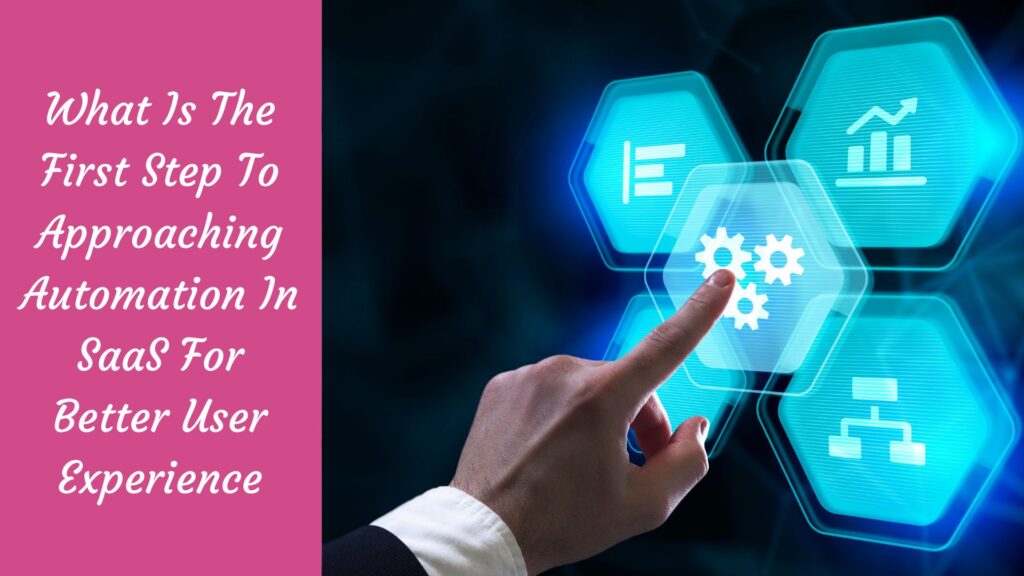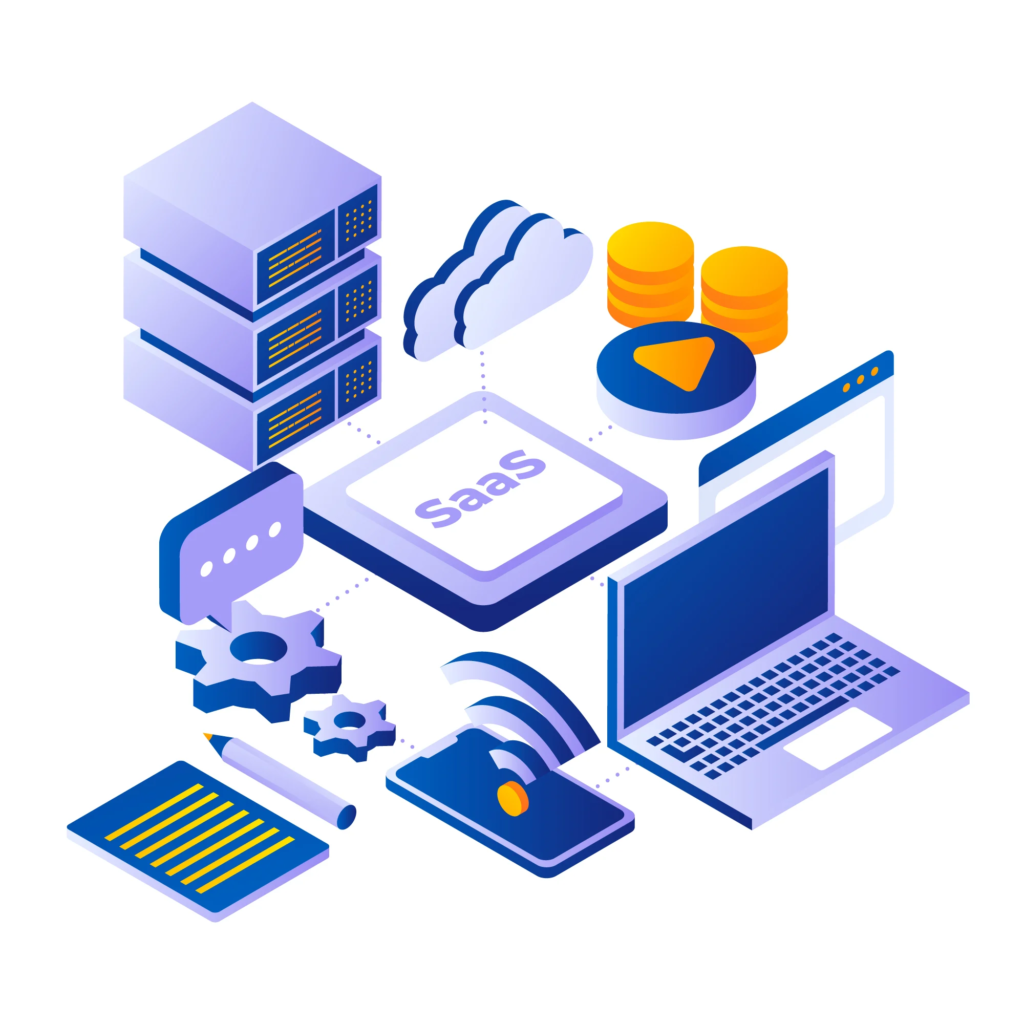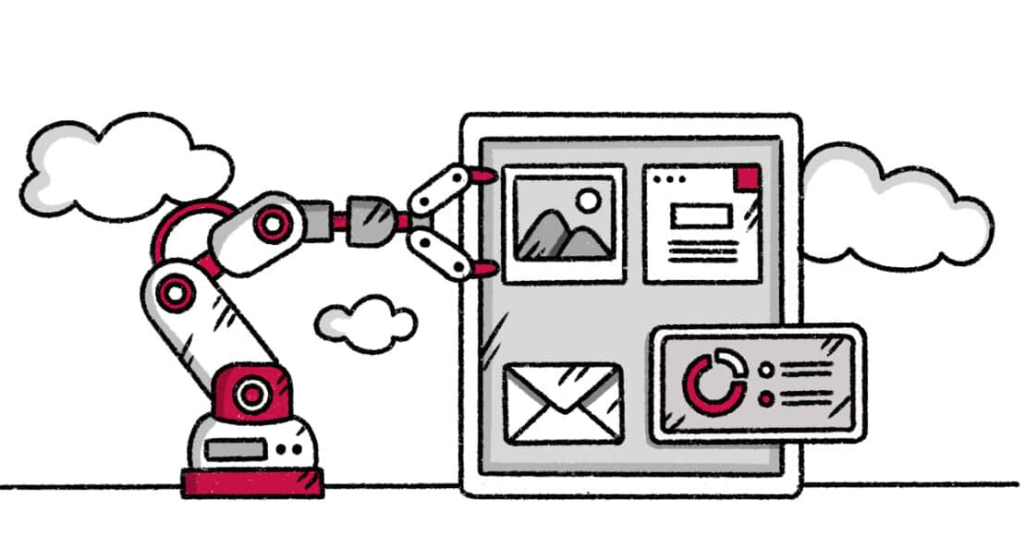In today’s fast-paced digital age, where software-as-a-service (SaaS) is becoming the backbone of countless industries, businesses face the critical challenge of keeping up with user demands for seamless and automated experiences.
Users now expect personalized service, instantaneity, and smooth functionality as a basic standard—a bar perpetually rises as technology advances. However, the path to integrating sophisticated automation that truly enhances the user experience can seem labyrinthine, with many companies struggling to identify where to begin.
This is where our blog steps in as your navigational beacon. We’re dedicated to illuminating the first, and arguably the most crucial, step towards unlocking the full potential of automation for your SaaS platform.
By delving into our insights, you will learn to navigate this complex landscape and implement strategic automation that meets and exceeds user expectations—fostering a loyal customer base and propelling your business toward unprecedented efficiency and growth.
What is Automation In SaaS?
Automation in SaaS, or Software as a Service, refers to the systematic approach of integrating technology to perform routine tasks without human intervention. The goal is to streamline operations, reduce manual effort, and enhance efficiency while improving the overall user experience.
This can take various forms, from basic functions to complex algorithms powering artificial intelligence and machine learning solutions. Here are a few tangible examples:
- Customer Relationship Management (CRM) Systems: Automation within CRM platforms can trigger personalized follow-up emails after a customer interaction, segment users based on behavior for targeted marketing, and score leads for prioritization.
- Billing and Subscription Management: Automated systems handle repetitive billing cycles, subscription renewals, and payment reminders, ensuring revenue stream consistency and reducing the likelihood of human error.
- Onboarding Processes: New user onboarding can be seamlessly automated with step-by-step guides, triggered emails, and content tailored to specific user actions, making the initial experience smooth and impactful.
- Operational Workflows: Tasks like data backups, report generation, and user activity logs can be automated for reliability and better resource allocation.
- Customer Support: Integration of chatbots and AI to provide immediate, 24/7 customer support, solving common queries and escalating complex issues to human representatives.
To encapsulate, these examples provide a snapshot of how automation is revolutionizing the SaaS industry:
- Enhancing Accuracy: Automating tasks minimizes the potential for human error.
- Boosting Productivity: By taking over routine functions, automation allows human talent to focus on more strategic initiatives.
- Improving User Satisfaction: Quick, personalized, consistent interactions with automated systems elevate the user experience.
Each example showcases the synergy between automation and SaaS, creating dynamic platforms responsive to the evolving needs of businesses and their clients.
Why Automation In SaaS Important
Automation in SaaS platforms is not just a luxury; it’s a strategic imperative in today’s competitive market landscape. A well-automated SaaS solution can differentiate between a company that thrives and barely survives. Let’s break down why automation holds such importance:
Reduction in Operational Costs: SaaS companies can significantly reduce labor-intensive tasks by automating processes. It eradicates the need for manually updating databases or processing transactions, which translates to a trimmer workforce focused on high-value work and, consequently, a leaner budget. For example:
- Automated invoicing systems eliminate the need for manual billing.
- Cloud-based data entry tools that sync information across platforms reduce administrative tasks.
Scalability: As SaaS businesses grow, scaling operations without a proportional increase in costs or resources becomes indispensable. Automation provides this scalability, ensuring a business can expand its customer base without being hamstrung by its operational capacity. Consider these instances:
- Automated user provisioning systems that quickly onboard a large volume of new customers.
- Dynamic resource allocation algorithms that adjust server capacity based on real-time user load.
Data-Driven Insights: Automated analytics and reporting tools allow SaaS companies to harness the power of data, turning raw numbers into actionable insights. Enhanced by automation, these insights can lead to better decision-making and drive innovation throughout the company. Below are a couple of examples:
- Predictive analytics that forecast customer churn, thus enabling timely intervention strategies.
- Real-time dashboards that provide a snapshot of business performance indicators.
Enhanced Security: In an era of heightened cybersecurity threats, automated security systems offer vigilant protection around the clock. They can instantly detect anomalies and respond to threats faster than any human could. Here’s how:
- Automated monitoring tools that track unusual access patterns and flag potential breaches.
- Real-time security updates and patch management across distributed systems.
User Experience Personalization: By leveraging automation in analyzing user data, SaaS platforms can tailor experiences to individual preferences and behaviors, enhancing customer loyalty and satisfaction. This can manifest in various ways, such as:
- Recommendation engines that curate content or products based on past user interaction.
- Personalized user interface layouts that adapt based on the features most frequently used.
In this competition-driven era, SaaS companies implementing robust automation strategies set the benchmarks for efficiency, security, and customer satisfaction. They can adapt more swiftly to market changes, reduce overhead, and provide exceptional value to their user base, which is the ultimate measure of success in the digital economy.
What Is The First Step To Approaching Automation In SaaS For Better User Experience?
The inaugural step in leveraging automation to enhance the user experience within SaaS offerings is conducting a comprehensive user journey analysis. This process involves:
Mapping the User Journey: Pinpoint all the touchpoints where customers interact with your service. This could be when they first sign up, engage with a feature, or seek customer support.
Identifying Pain Points: Carefully analyze these touchpoints to uncover areas where users may experience friction or frustration. Examples here might include a complicated sign-up process, difficulty finding a commonly used feature, or delays in receiving support.
Assessing Automation Opportunities: Once the pain points are identified, determine where automation can streamline these processes. For instance:
- Implementing one-click social media login options to simplify account creation.
- Add tooltips or an automated walk-through for first-time users to navigate the platform’s features effortlessly.
- Utilizing an AI-driven chatbot that can instantly answer frequent issues or guide users to the appropriate help articles without delay.
Prioritizing by Impact: Tackle automation projects that have the potential to make immediate and significant improvements in the user experience. Begin with automating the onboarding process by:
- Creating automated email sequences that guide users through the initial setup and highlight key features tailored to their interests based on signup data.
- Designing an adaptable UI that learns from user behavior and customizes the dashboard to showcase its most-used functions.
Testing and Feedback: Implement the automation in phases, closely monitoring user responses and routinely soliciting direct feedback to ensure the changes genuinely enhance the experience.
By starting with a user-centric approach, assessing the full customer journey, and then strategically implementing automation, SaaS businesses can significantly elevate their user experience, ensuring satisfaction and increasing retention rates.
Seven tips on improving user onboarding expire in SAAS
In the Software as a Service (SaaS) world, user onboarding is key to capturing and retaining customers. Here are seven actionable tips to revamp your user onboarding and ensure it’s a smooth sail for your customers:
Simplify the Signup Process: Users should be able to create an account with minimal effort and input. Consider these enhancements:
- Social media login options for one-click account creation.
- Minimalist design in the signup interface, asking only for essential information.
Educate Through Interactivity: Don’t just tell users about your features; let them experience them first-hand.
- Incorporate interactive tutorials that guide users through basic functionalities.
- Use gamification elements to reward progress and keep users engaged through the process.
Customize the Welcome: First impressions matter, so make it personal.
- Send a personalized welcome email that addresses the user by name and suggests initial steps based on their stated interests or behavior during signup.
- Showcase flexibility by providing customizable dashboard options from the get-go.
Provide Contextual Help: Support should be readily available but not intrusive.
- Use pop-up tooltips for complex features that might require further explanation.
- Implement an easy-to-navigate FAQ or help section accessible from anywhere in the app.
Set Users’ Milestones and Celebrate Achievements: Encourage users to fully engage with your SaaS product by highlighting key milestones.
- Create a ‘next steps’ checklist with clear objectives for new users.
- Celebrate completed tasks with visual cues or rewards, like unlocking advanced features.
Progressive Disclosure Strategy: Don’t overwhelm users with all features at once.
- Gradually introduce more complex functions as users become familiar with the basics.
- Provide the option for users to access advanced training or feature deep dives as they feel more confident.
Gather Feedback and Act On It: Use the onboarding phase as an opportunity to understand the user experience and make continuous improvements.
- Prompt users for feedback after they complete specific actions or spend a certain amount of time with the product.
- Show that you value user feedback by acting on it and informing users about changes to address common pain points.
Attention to these details establishes trust with your users and lays the groundwork for high retention rates. After all, the onboarding process sets the tone for the entire user experience, and a great start is half the battle won.
Conclusion
In the rapidly evolving sphere of SaaS, it is evident that the user experience reigns supreme. Companies can pinpoint and mitigate pain points through meticulous user journey analysis and insightful automation, presenting a seamless and responsive service.
The crafted strategies, from simplifying the sign-up process to customizing user welcome, highlight the importance of an intuitive onboarding experience that fosters comfort and confidence in new users.
Celebrating user milestones and embracing feedback is essential to a dynamic, user-centric culture, driving product improvements and user satisfaction.
Encapsulating these best practices is not merely about retaining users but enriching their journey with your service, cultivating loyalty, and propelling your SaaS offering to new heights. Businesses are poised to lead and commit to continuously refining their user experience and swiftly acknowledging and adapting to user needs.
To delve deeper into optimizing your SaaS user experience and leapfrog your competition, LEARN MORE about our comprehensive strategies and stay ahead in the digital economy.

10+ years experience in Marketing and Operations



